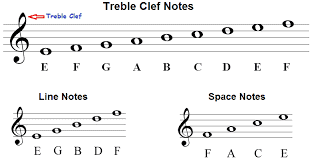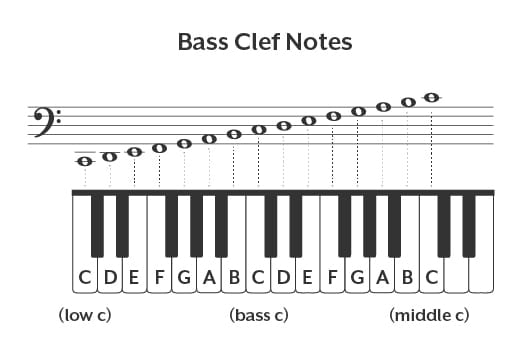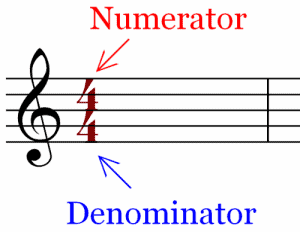

How to Read Music: Beginner’s Guide to Reading Music
Music theory is one of the first subjects discussed when diving into music production or mastering an instrument. Depending on your experience level, different terms will appear that will help you understand the craft. You may have come across some of these words while browsing the internet. Don’t worry, in this article, we will guide you through the most important aspects of music theory, specifically focusing on how to read sheet music.
| Best VST Plugins of 2023 – Click here to check out
Reading music is an essential part of mastering music composition as it provides a visual representation of all the elements in one comprehensive package on a piece of paper. In addition to the technical requirements of musical performance, there are several factors to consider while performing. Questions like, “What rhythm should I follow?” “What is the pitch of the song?” “Which notes should I play?” “What is the articulation of each note?” arise. Notations offer a visual breakdown of a song for each instrument. So, where do you start?
Treble & Bass Clef
When presented with a blank sheet of music, you will be introduced to the foundation of reading music: the staff. This arrangement of five horizontal lines represents a musical scale, and all the indicators such as rhythm and pitch are added on top of it. The musical composition’s scale is indicated by two different signs: the Treble Clef and the Bass Clef.
The Treble Clef, also known as the G Clef, represents the following notes on the staff: E, G, B, D, F (lines), and F, A, C, E (spaces). This sign indicates the range your instrument will primarily play and appears most frequently.

On the other hand, you have the Bass Clef, also known as the F Clef. This sign is used for instruments in the lower registers (e.g., trombone, bass guitar). The notes associated with this clef, from bottom to top, are G, B, D, F, A (lines), and A, C, E, and G (spaces).

Building on this foundation, the next aspect to consider is rhythm/meter. Two numbers, located next to the clef, indicate the beat of the song. The number at the top is called the numerator, and the number at the bottom is the denominator. The numerator tells you how many beats are included in one measure, while the denominator tells you which note represents one beat. The most common meter is 4/4.

Notations come in various shapes and sizes: whole notes, half notes, quarter notes, eighth notes, sixteenth notes, thirty-second notes, and sixty-fourth notes. Assuming the meter is 4/4, a whole note counts as 4 beats, a quarter note counts as 2 beats, and so on. You may have noticed a dot placed after some notes. This dot increases the length of the note by one-half of its original value. Conversely, a tie increases the length of a note exactly as long as the value of the second note. The different values of these notes also apply to rests. There are a total of 7 rest characters, which correspond to the same values as notes.
Lastly, there are three different symbols you have likely encountered before: #, ♭, and ♮. Sharps (#) raise the pitch of the note by one step on the scale. For example, B# becomes a C note. Flats (♭) do the opposite and lower the pitch by one step, while naturals (♮) cancel the effect of sharps or flats, preserving the original pitch.
Music theory can be as complex as you want it to be, with many additional elements to explore. However, for now, these are the foundational aspects of reading music.
Next article: Former CEO of PlayStation specializes in Audio AI
Image Credits: iZotope.com


- Arodes cover Interview
- Armin van Buuren: Breathing In [Exclusive Interview]
- Ibiza 2024: What To Expect
- Burak Yeter: A Day In Space [Exclusive]

